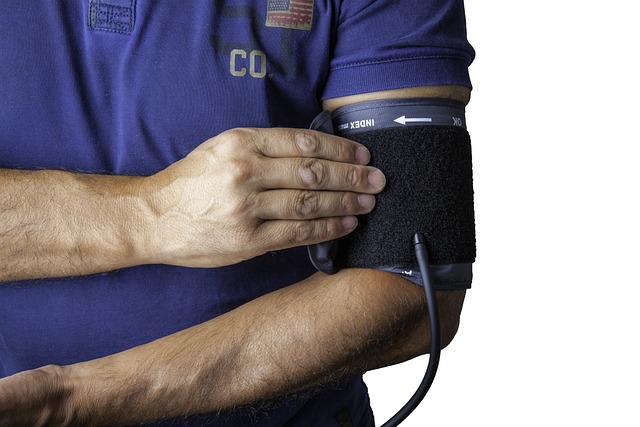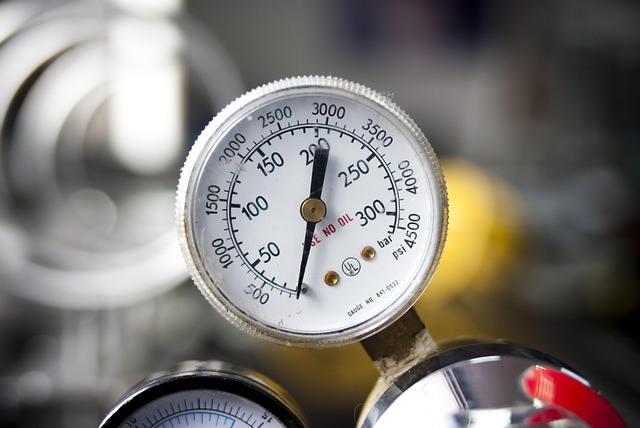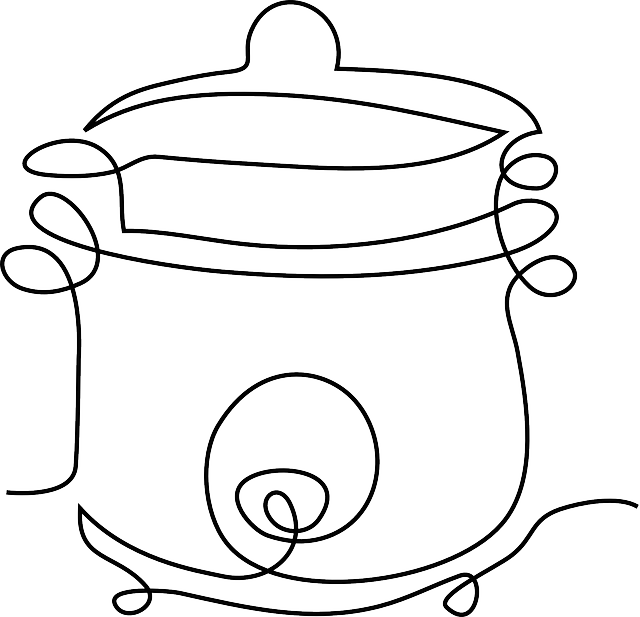Water pressure issues often arise from various factors like leaks, clogged pipes, or water supply problems, especially after installing a water softener. Common causes include mineral buildup in the softener, outdated plumbing, corroded pipes, faulty regulators, and ineffective softeners. Regular maintenance, including cleaning, filter replacements, performance testing, and pressure adjustments, is vital to diagnose and address these issues promptly, ensuring optimal plumbing system efficiency.
Is your water pressure sluggish? A water softener can help by removing minerals, but it might also be causing a drop in pressure. This guide breaks down the science behind water pressure and its interaction with softeners. We’ll explore common causes of low pressure, from mineral buildup to improper installation. Learn practical steps for diagnosing and resolving the issue, ensuring you get the full benefits of clean water without sacrificing flow.
- Understanding Water Pressure and Softeners
- Common Causes of Low Water Pressure
- Diagnosing and Resolving the Issue
Understanding Water Pressure and Softeners

Water pressure is a crucial factor in determining the performance of your plumbing system, including water softeners. Understanding how it works and what affects it is essential when diagnosing issues like low pressure. Water pressure refers to the force or speed at which water moves through pipes; it’s measured in pounds per square inch (psi). Various factors can contribute to low water pressure, such as leaks, clogged pipes, or inadequate water supply.
Water softeners, while beneficial for removing minerals that cause hard water, might also impact pressure. In some cases, the softening process can slightly reduce pressure due to the removal of mineral buildup in pipes. However, this effect is usually minimal if the softener is properly sized and maintained. Identifying whether low pressure is a result of your water softener will help you determine if maintenance or replacement is required to ensure optimal plumbing performance.
Common Causes of Low Water Pressure

Low water pressure can be frustrating, especially if you’ve recently installed a water softener with the expectation of enjoying stronger, more consistent flow. Don’t panic; there are several common causes behind this issue that don’t necessarily indicate a problem with your softener.
The most frequent culprits include outdated plumbing that has developed leaks or narrowing over time, corroded pipes reducing water volume, and faulty pressure regulators or valves that fail to maintain the desired pressure levels. In some cases, mineral buildup inside the softener itself can restrict water flow. Regular maintenance checks can help identify these issues early on, ensuring your water softener operates efficiently without compromising water pressure.
Diagnosing and Resolving the Issue

Diagnosing low water pressure issues can be straightforward if you know what signs to look for. One common cause is a buildup of minerals and hard water deposits inside your water softener. Over time, these can clog the system, reducing water flow and pressure. Check for any visible blockages in the softener’s filters or media. Regular cleaning and replacement may be needed to resolve this.
Another potential cause could be an outdated or malfunctioning water softener. If your softener is struggling to soften water effectively, it might not be able to filter out minerals properly, leading to reduced pressure. Consider testing the softener’s performance and replacing it if necessary. Additionally, examine any pressure settings; incorrect configuration can also result in lower pressure.
If you’ve ruled out plumbing issues and your water softener is still suspected as the culprit for low water pressure, it may be time to consider its efficiency. Understanding the interaction between water softeners and pressure is key; some models are designed with features to maintain consistent flow. By identifying specific causes related to both softener operation and potential settings adjustments, you can ensure optimal water pressure in your home. Remember, regular maintenance and understanding the dynamics of your plumbing system are essential for addressing any issues regarding water pressure.
